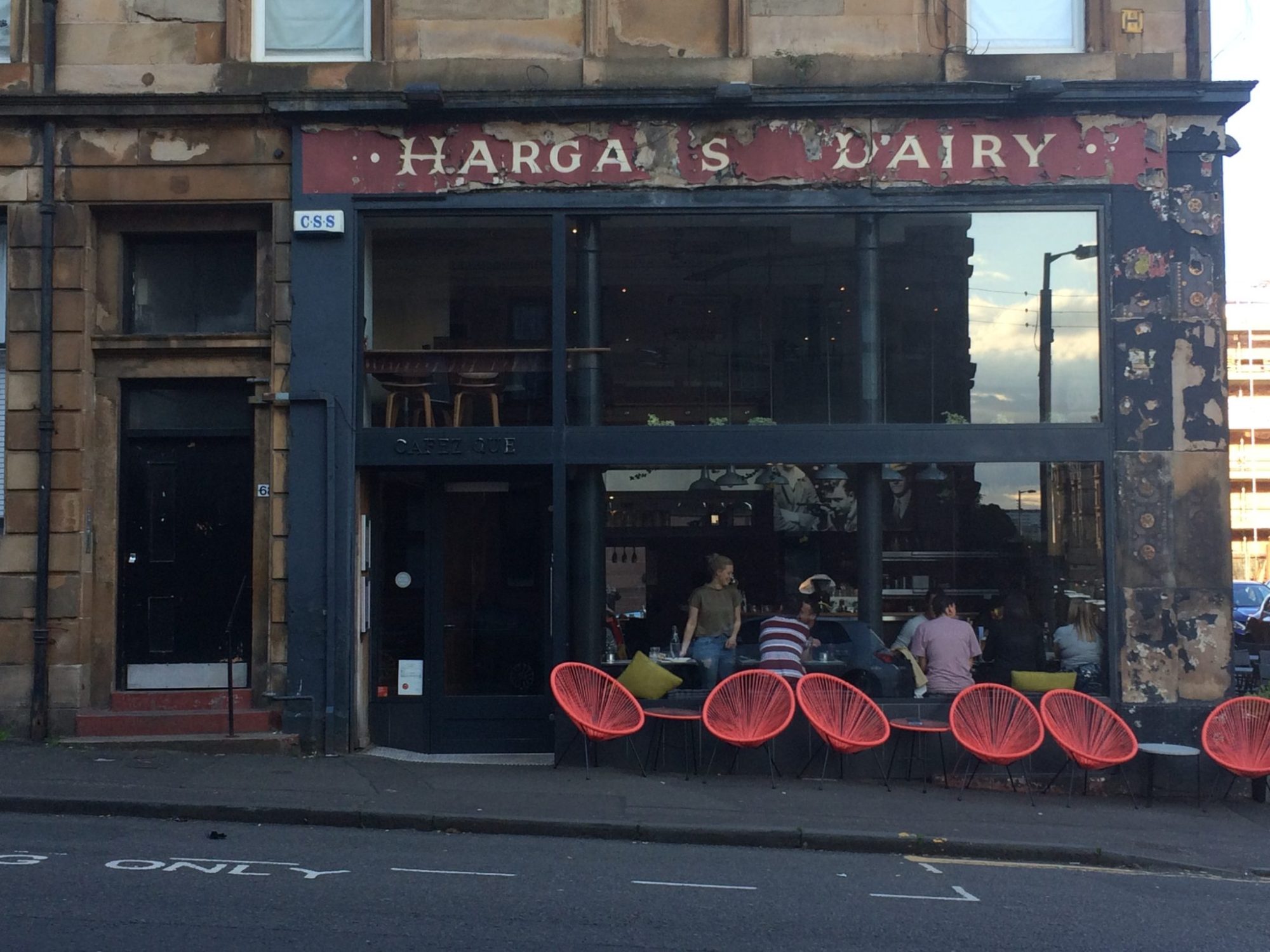
The key improvements to the accessibility of cultural heritage social media content are the implementation of best practices, appropriate language, and a digital communication policy, as well as an honest and inclusive approach to content creation. The implementation of best practices must be made routine within the organisation, a task which can be aided by the creation of a guidance document. Recommendations include putting out a call for D/deaf and visually impaired people to test social media content, as well as gaining their insights on language, terminology and inclusion.
There are many institutional changes which can enable the improvement of your organisation’s social media accessibility. The following suggestions have the potential to make your organisation and its content more friendly for D/deaf and visually impaired people.




1. Undertake Training
Taking part in training on subjects such as disability awareness, social media best practices, and writing successful alt text, can ensure that staff become more aware of accessibility issues when it comes to social media. This, in turn, enables the development of knowledge on the steps needed to make content more accessible and inclusive. This training may take the form of paid workshops with external organisations such as VocalEyes. However, there are also numerous free resources available online which would allow all organisations to better understand accessibility best practices. AccessibilityNet, for example, has produced a webinar entitled “How To Do Accessible Social Media” which outlines best practices for Twitter, Facebook, Instagram and Youtube.
2. Improve Transparency
To make content more accessible, cultural heritage organisations need to take an honest and transparent approach, highlighting what is currently being done to improve accessibility, and what current barriers D/deaf and visually impaired people may face when trying to view the organisation’s social media content. It is likely that honesty like this could better encourage D/deaf and visually impaired audiences to view cultural heritage social media content, knowing what practices have been put into place to ensure equal access.
3. Ensure Appropriate Language and Terminology
Getting your language and terminology right is extremely important as it can have an enormous impact on the experience D/deaf and visually impaired people have with an organisation. Using appropriate terminology can enable people to feel more comfortable and included within the organisation. This can be done by actively involving D/deaf and visually impaired people in conversations about the terminology used. This will ensure that organisations do not marginalise communities, nor cause offence to any group.
4. Develop Better Inclusion and Representation
Long term, organisations must better include D/deaf and visually impaired people in their practices, gaining a better understanding of their perspective, and lived experiences. This could be done by getting advice on issues such as terminology and language and getting feedback on the accessibility of the content being produced.
5. Develop a Digital Communications Policy/Strategy
Digital policies/strategies can provide useful guidance on issues of accessibility and inclusivity, raise awareness of successful digital approaches, and may improve the consistency of social media content. Digital strategy guidance and resources include the Digital Culture Network’s “Introduction to Digital Strategy” and Cogapp’s “Digital Strategy for Museums” guide.

This guide was written by Eve Alderson. Eve completed her MSc Museum Studies at the University of Glasgow in 2021, writing her dissertation in collaboration with Glasgow City Heritage Trust. She currently works as a Philanthropy Executive at the National Railway Museum
You might also be interested in...
I am text block. Click edit button to change this text. Lorem ipsum dolor sit amet, consectetur adipiscing elit. Ut elit tellus, luctus nec ullamcorper mattis, pulvinar dapibus leo.



